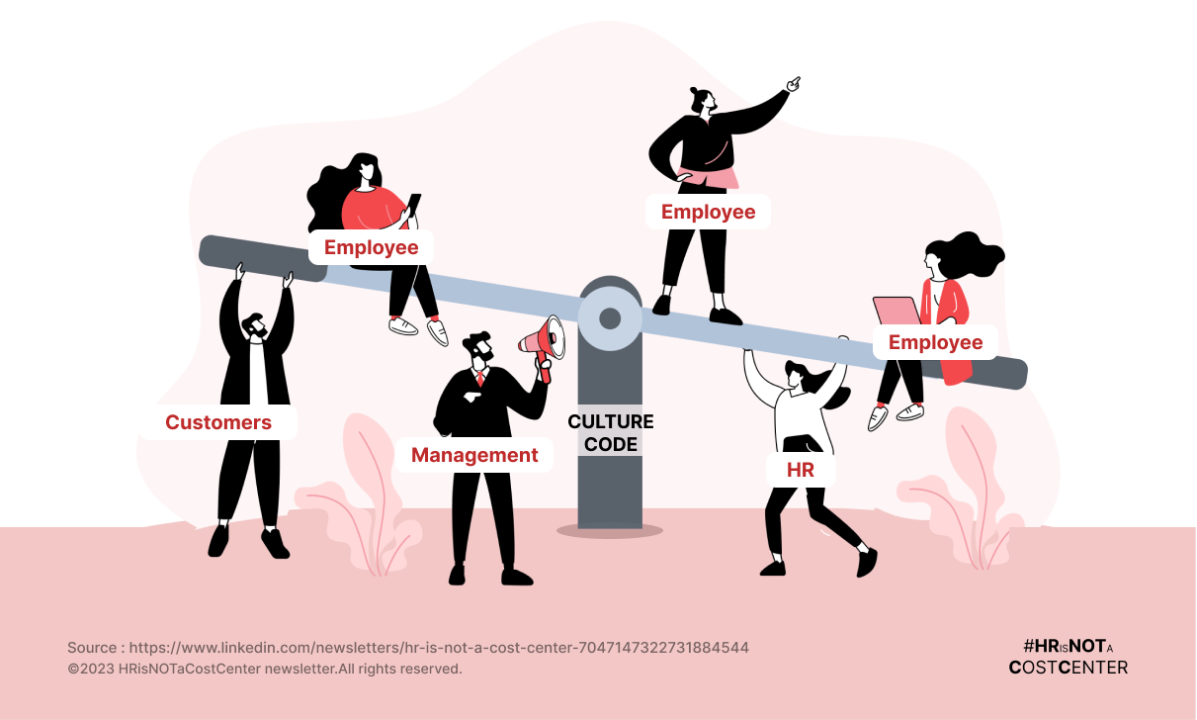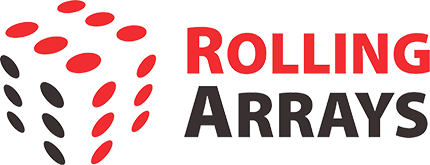
Resources > Manu’s Blog > How to Create a Culture Code and Create a Positive Atmosphere for Your Employees
How to Create a Culture Code and Create a Positive Atmosphere for Your Employees
Founder & CEO – Rolling Arrays

Originally Published on LinkedIn
“Your culture is your brand.” – Tony Hsieh
The toughest job for any leadership is to retain the top Talent because if that’s sorted, everything is. In today’s day and age, good salary and good work are no longer sufficient differentiators. Many companies can offer these benefits to talented individuals. True retention occurs because of a “consistent” and “positive” culture, which serves as a genuine differentiator. The truth is, maintaining a positive culture is extremely challenging due to the ever-changing needs of the business.
In this article, we will first define Culture, we will then establish why it is difficult by design to consistently maintain a positive culture and lastly we will discuss a quantitative approach to create and maintain a positive culture.
What is Culture ?
Culture can be defined as the common behaviour of the majority of people due to their similar circumstances over a period of time. It encompasses shared values, beliefs, and norms that shape the way employees behave and interact within an organization.
Why is It Difficult by Design to Consistently Maintain a Positive Culture for Any Organization ?
For an organization to have a consistent positive culture, it needs to magically balance both Employee Needs (EN) and Customer Needs (CN). Let’s think of this balance as a “culture stick.” On one end of the stick is EN, and on the other end is CN. If a company focuses too much on EN, it risks impacting the quality of its products or services in the long run. Conversely, if it focuses too much on CN, it risks high employee attrition, which can also lead to quality deterioration over time.Hence by design, it is quite hard for any organization to consistently maintain a positive culture.
Before we deep dive into solving the Culture enigma, let’s define Employee Needs (EN) and Customer Needs (CN) in more detail.
Employee Needs (EN) are the requirements that employees have to feel valued, respected, and motivated in their work environment. This includes fair compensation, recognition, growth opportunities, a positive work-life balance, and a sense of belonging. When these needs are met, employees are more likely to be engaged, productive, and committed to the company.
On the other hand, Customer Needs (CN) are the requirements that customers have for a company’s products or services. This includes quality, affordability, reliability, responsiveness, and a positive customer experience. When these needs are met, customers are more likely to be loyal, repeat customers who recommend the company to others.
To effectively balance both employee needs (EN) and customer needs (CN) while maintaining a positive culture, here is a 5 point strategy which companies can implement :
- Don’t solely focus on employees: involve top management: The management team plays a crucial role in creating the right conditions for everyone in the company. It is essential that they are fully committed to fostering a positive culture. Without the support and alignment of top management, efforts by HR or middle managers alone may not be sufficient.
- Modify the culture code to strike a balance between business strategy, customer experience, and employee experience: The culture code should be revised to incorporate elements that support the needs of employees, customers, and management. This balanced approach ensures that the culture code aligns with the overall goals of the organization.
- Identify acceptable trade-offs and rebalance them regularly: It is important to identify trade-offs that the business, customers, and employees are willing to make. These trade-offs should be evaluated quarterly based on feedback from employees, customers, and business performance. For instance, offering flexible work hours or remote work options may enhance employee satisfaction but could impact response times to customer inquiries, highlighting a trade-off in the customer experience.
- Introduce and reinforce the culture code to both new and existing employees: To maintain a strong culture, it is crucial to introduce the culture code to new employees and regularly revisit it with existing employees. Management should consistently communicate the culture code, emphasizing the benefits for employees and sharing concrete examples of positive initiatives and real stories. This ensures that everyone is aligned with the culture code and actively works towards it.
- Align recruitment and selection processes with the culture code: To preserve and reinforce the positive culture, it is important to align the recruitment and selection processes with the culture code. This involves identifying candidates who not only possess the required skills and qualifications but also align with the values and principles of the culture code.
Organizations who have been able to build and maintain a positive culture balance it every day, every week, every quarter and every year like a Sea-saw with Employees, HR, Management, Customers as its key players.
Conclusion :
In the previous article, we highlighted the significance of retaining top talent within a company and identified the key factors that influence their decision to stay: professional growth, financial incentives, and a positive work culture. However, while many organizations can offer opportunities for professional and financial advancement, creating a positive culture remains a significant challenge for most, thereby presenting an opportunity for companies to establish a unique competitive advantage in talent retention. The article further explores the notion that fostering and sustaining a positive culture requires ongoing commitment, striking a balance between employee and customer needs. By assuming responsibility for defining a culture code that prioritises employees, customers, and the overall business, top leadership can identify acceptable trade-offs and effectively communicate this code to all stakeholders, thereby attracting and retaining top talent and setting themselves apart from competitors.
About Manu Khetan
Manu, Founder and CEO of Rolling Arrays, a global HR technology leader, brings two decades of expertise to redefine HR practices. Passionate about pioneering HR automation and nurturing talent, Manu advocates for a customer-first and employee-first approach, prioritizing value creation. Beyond the boardroom, he is a dedicated family man, a skilled pianist, and an advocate for empowering the next generation of entrepreneurs. Join Manu on the transformative journey where HR emerges as a dynamic force for positive change in the business world.




Share with your network
Get updates in your inbox